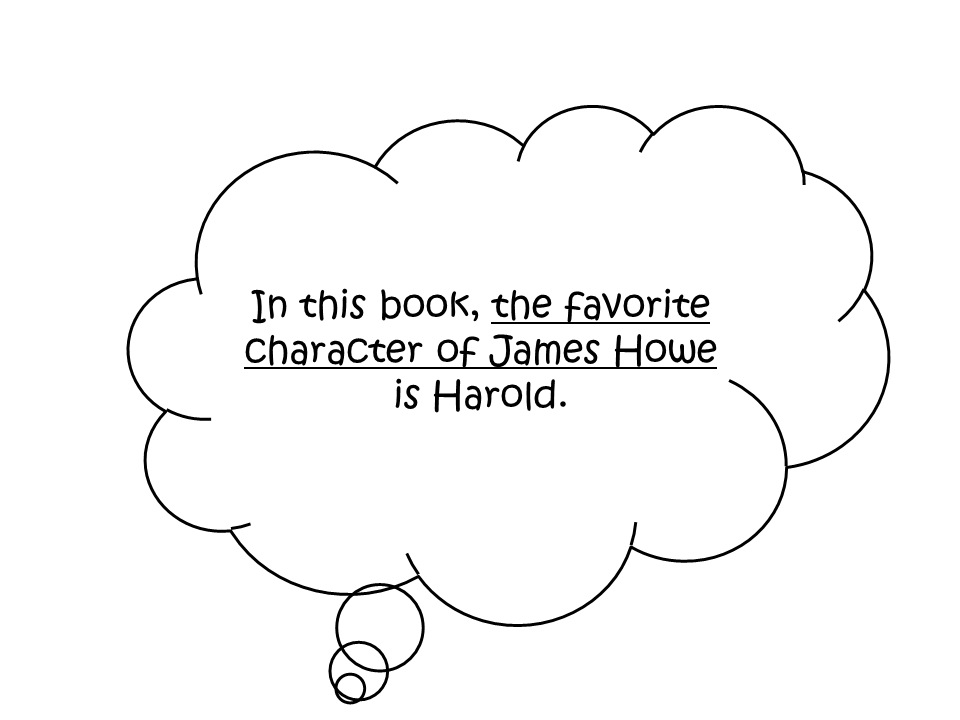Complete with recipes for all the different dishes she mentions as she tells her story, Everything on a Waffle by Polly Horvath is the story of Primrose Squarp, an insightful and sensitive young girl living in a small whaling town in British Columbia. Convinced that her parents are marooned and awaiting rescue after a storm, she bounces around a series of different homes. When the Squarps first disappear, she is living with Miss Perfidy, an old lady whose memory begins to fail. Next, she moves in with her uncle Jack, who works in real estate and is trying to develop the wharf and bring tourism to this tiny Canadian town. Though the townspeople, including the school's guidance counselor, try to convince her that her parents are dead, she holds fast to her belief that they are alive and awaiting rescue. Her friendship with the owner of a restaurant in town is sweet; Primrose learns more than just some new recipes from Miss Bowzer, who is determined to keep The Girl on the Red Swing from being bought by Uncle Jack. Primrose Squarp is a self-confident eleven-year-old wise beyond her years who tells us that the only interesting thing about a person is what's inside his heart.
At the moment I'm working on Run-Ons vs. Fragments, Possessive Noun Forms (see below), and Homophones.
Primrose found the
memo pad of her mother along with her recipe for carrots in an apricot
glaze.
People usually lost
interest quickly in the anecdotes of Miss Honeycut.
The house
of Uncle Jack, which was
on the old naval base, had a gym attached to it.
The taunts
of the girls did not
dissuade Primrose from believing her parents were alive.
The dishes
of Miss Bowzer were
always served on top of a waffle.
Miss Bowzer felt that
nobody in town could forgive the parents of Primrose for having been
truly in love.








